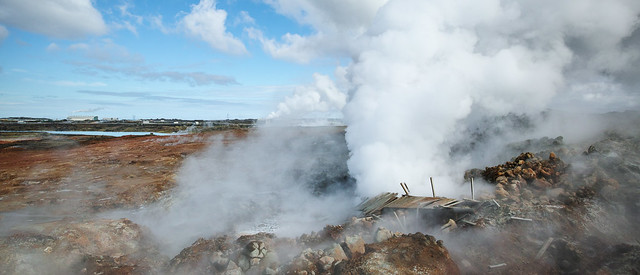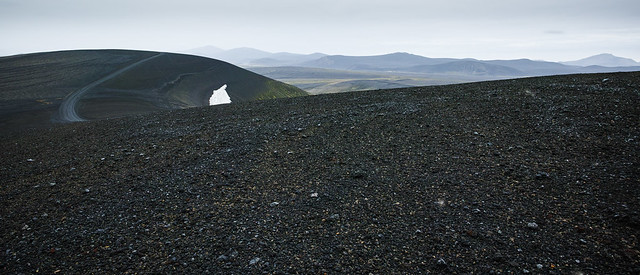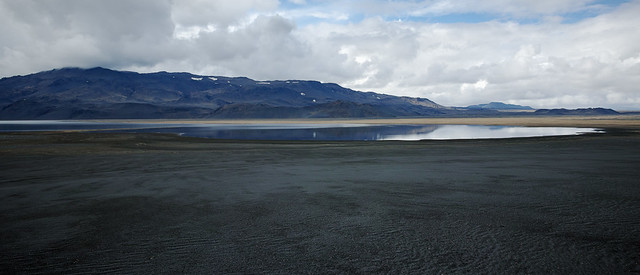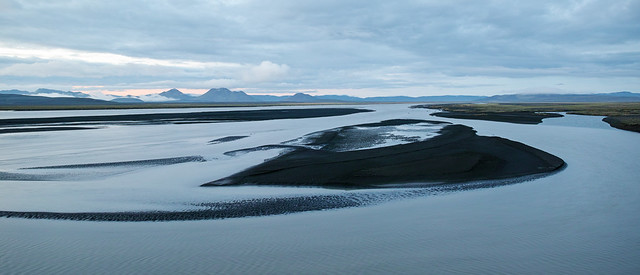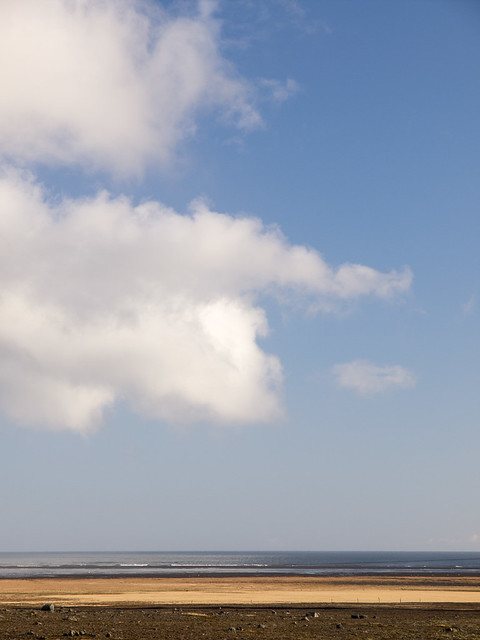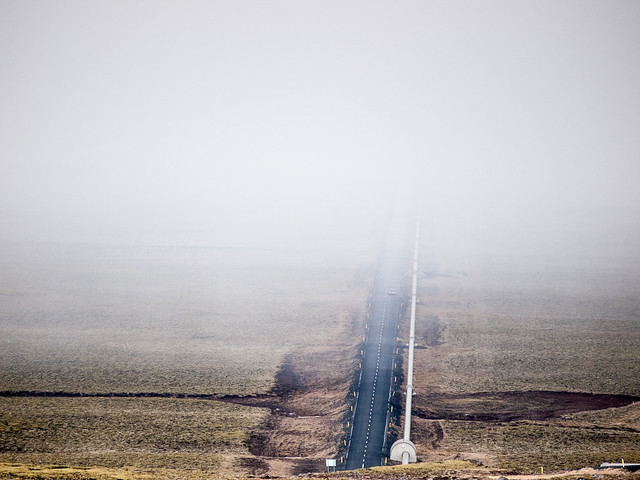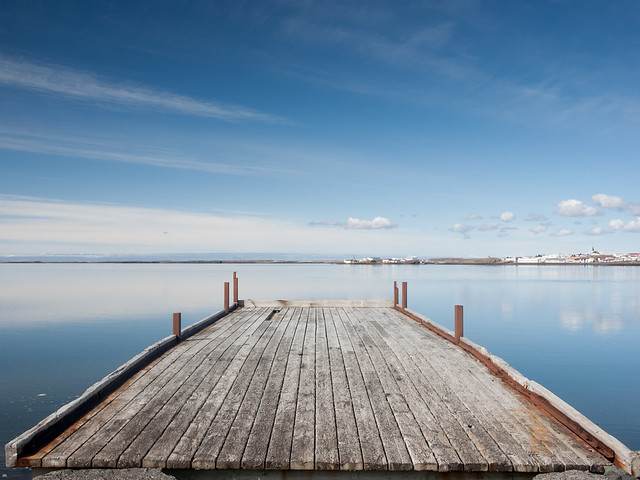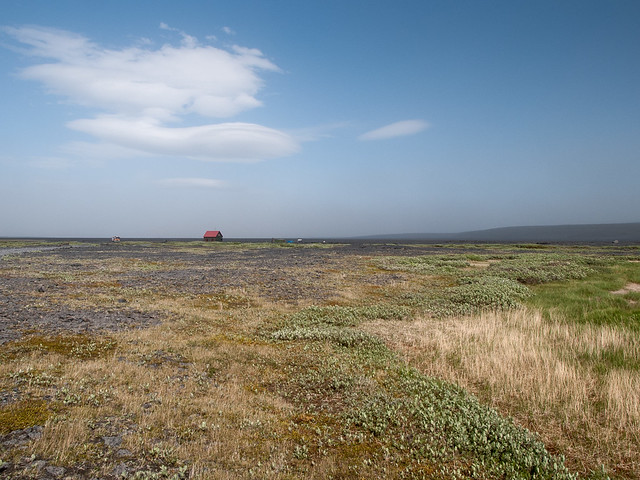in
Book Reviews , Monday, November 12, 2012
I didn’t think I really needed any more Iceland photography books. I’ve got quite a lot, in all shapes and sizes. Some are excellent, some so-so, a couple are outstanding and one or two are crap. But altogether they add up to a lot. Or indeed too many.
Rather too much of a good thing?
So, when I first heard that Bruce Percy’s second book was to be about Iceland, I was perhaps a little underwhelmed. But eventually, for various reasons, I decided to order it, and it arrived a few days ago. Now, this is absolutely not a review. Bruce has stated that he doesn’t like reading reviews, and I’m not much good at writing them. But this book, “Iceland - a Journal of Nocturnes” makes me want to write about it. It’s a bit like that feeling you got as a teenager when you discovered a new band, that you wanted to keep to yourself, but tell everybody about at the same time. This book is like that. First of all, it’s not just a book of photos. It’s a work of art in its own right. Beautifully presented, with every detail obviously obsessed over, it’s the sort of thing you’d expect to find wrapped around a David Sylvian CD. The typography alone is worth the price of entry. An astonishing number of photographers show absolutely zero design skills, or taste. Bruce Percy is not among that number.
The photography is masterful and close to unique. I’ll admit I’d got a bit jaded with Bruce’s long-exposure style, finding it all a little repetitive. But that was from looking at small JPGs on the web. Here, in print, all together and given space to breathe these photos come alive. Many people, starting with Michael Kenna of course, have done the low-light long-exposure thing. But Bruce adds his own character, and in particular an extremely delicate sensibility for colour to the mix, and avoids the heavy-handedness and sterility which so many Kenna copyists suffer from.
Iceland is a magnet for photographers, and these days is heavily over-exposed. As a source of dramatic, contrasty, saturated landscapes it’s pretty much endless. Point, shoot wind up the contrast to drama+11 in Photoshop, post it on Flickr and wait for the “great capture” comments to come flooding in. Well you won’t find any such great captures here. There is plenty of drama, and indeed contrast, but it is subtle, controlled, and feels part of the scene rather than plastered on top. Perhaps because Bruce works exclusively with colour slide film, a restricted and unforgiving medium which offers little scope for Photoshopping, the natural ambience doesn’t get suffocated, and a realistic luminosity pervades.
The cornerstone of this book, though, is a few hundred meters of black sand beach, where the outlet from the Jökulsarlon flows into the Atlantic. Although many thousands of photographers have visited this area, Bruce has captured - and seemingly been captured by - it’s soul. My reading is that this beach is in some way his muse. In a collection of photographs totally devoid of any sign of life or human intervention, these lonely scattered ice fragments are recomposed into living sculptures. I was very prepared to just shrug my shoulders and think “same old”, but I was very wrong. In fact I find the rest of the photos, to one degree or another, rather incidental in this context, and I keep coming back to the beach.

What I see here is not a book of landscape photographs, but a book which obliquely reveals something of the photographer. That’s pretty common in other areas, such as street or reportage, but not in landscape, where we tend to go for the pretty picture and the quick win. This book shows how a collection of work can be much stronger than a set of random images. Iceland is the stage, not the subject.
I didn’t need another book about Iceland. But I did need this.

